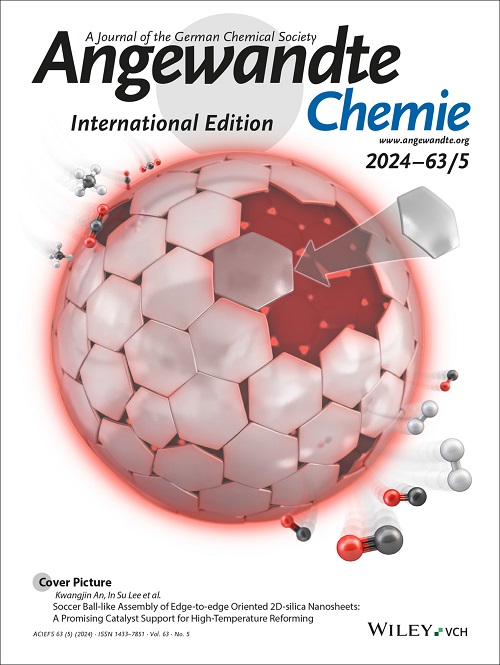揭示二元添加剂对调节前驱体结晶的协同效应,实现高效的 Perovskite 太阳能电池
IF 16.1
1区 化学
Q1 CHEMISTRY, MULTIDISCIPLINARY
引用次数: 0
摘要
本文章由计算机程序翻译,如有差异,请以英文原文为准。
Revealing Collaborative Effects of Binary Additives on Regulating Precursor Crystallization toward Highly Efficient Perovskite Solar Cells
Fabricating high-quality perovskite layers with large grains and low defect density is essential for achieving high-performance solar cells. Considering the significant advancements made in additive engineering for optimizing perovskite crystallization using single additive, exploring the collaborative effect of dual additives on precursor for perovskite crystallization may be an effective way for further advancing device performance. Herein, a binary additives strategy is proposed, where PMAI and 2PACz are introduced into the precursor. Compared with the precursor with no additives or a single additive, the use of dual additives more effectively cleaves edge-shared Pb-I octahedra to expedite the transformation from PbI2 to PbI3- complexes as prenucleation clusters, and produces much larger colloidal particles with accelerated nucleation. Concurrently, the crystallization in both spin-coating and annealing processes is significantly retarded due to the stronger interaction between perovskite and binary additives with more functional groups. Benefiting from such rapid nucleation and slow crystallization, high-quality perovskite layer with larger-sized crystals and fewer defects is formed, resulting in mitigated micro-strain, enhanced charge extraction, and suppressed non-radiative recombination. Consequently, the device with dual additives could achieve an impressive efficiency of 26.05% (certified 25.49%) and retained 90% of its initial efficiency after 1200 hours of maximum power point tracking.
求助全文
通过发布文献求助,成功后即可免费获取论文全文。
去求助
来源期刊
CiteScore
26.60
自引率
6.60%
发文量
3549
审稿时长
1.5 months
期刊介绍:
Angewandte Chemie, a journal of the German Chemical Society (GDCh), maintains a leading position among scholarly journals in general chemistry with an impressive Impact Factor of 16.6 (2022 Journal Citation Reports, Clarivate, 2023). Published weekly in a reader-friendly format, it features new articles almost every day. Established in 1887, Angewandte Chemie is a prominent chemistry journal, offering a dynamic blend of Review-type articles, Highlights, Communications, and Research Articles on a weekly basis, making it unique in the field.

 求助内容:
求助内容: 应助结果提醒方式:
应助结果提醒方式:


